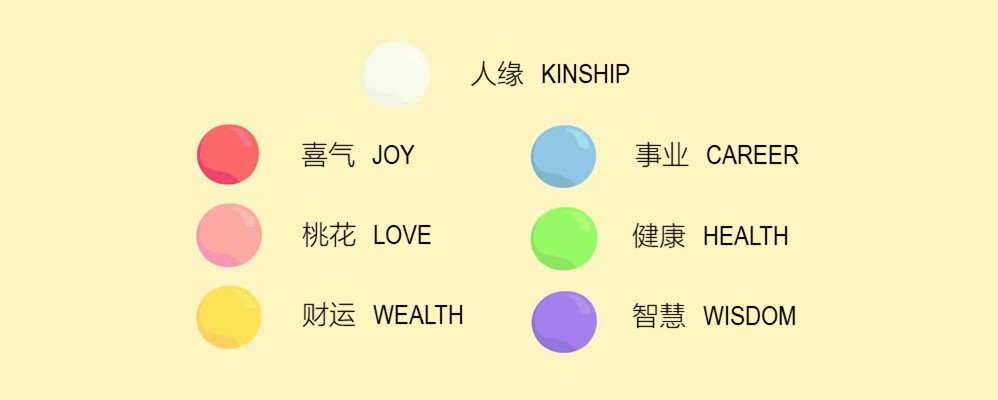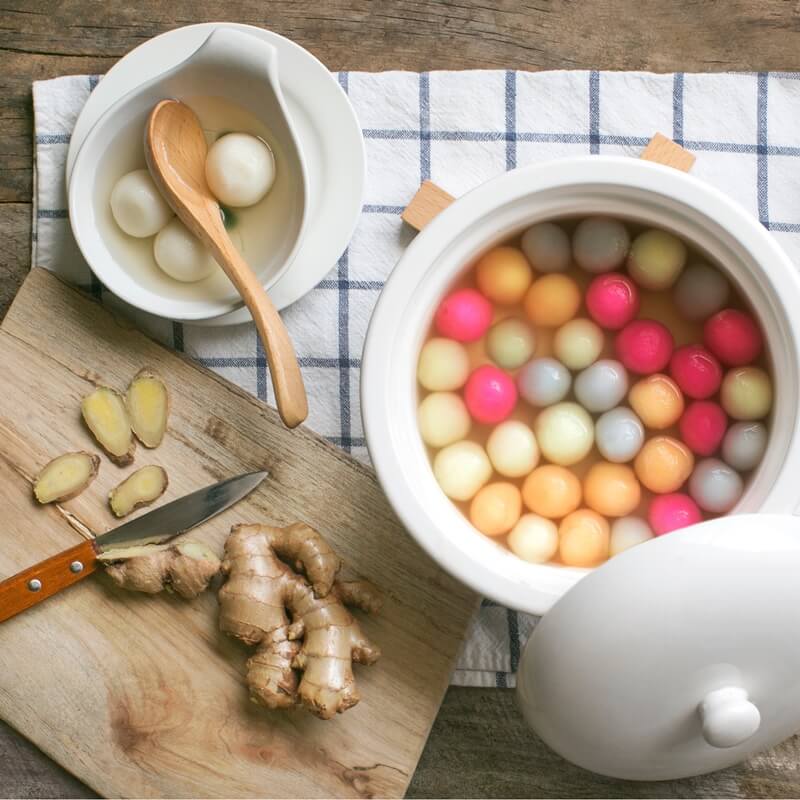
Did you know that the origin of the recipe for Tang Yuan came from a Chinese document called the “Zhuo Zhong Zhi” by Liu Ruoyu, a palace eunuch from the late Ming Dynasty? The writings were one of the very few pieces of historical literature that gave detailed insights about life in the Forbidden City such as daily rituals, clothing and food recipes – which included the recipe for making Tang Yuan.
Northern Chinese called these sweet treats Yuan Xiao, which the “Zhuo Zhong Zhi” implies to be the original name of the dish, as Liu Ruoyo stated that Southern Chinese made a derivative of the recipe and called it Tang Yuan when knowledge of the recipe became widespread.
There is also a story where in the early 20th century, Yuan Shikai who was the 1st President of China, decided to officially change the name of the dish from Yuan Xiao to Tang Yuan. This was because the name also sounded similar for the word ‘remove Yuan’, meaning to remove Yuan Shikai from power. However, it is not certain if the story is true.
Regardless of the reason, many people in today’s modern era eat the dish on both the Winter Solstice and the Lantern Festival during Chinese New Year, often thinking they are the same dish. However, there are subtle differences based on the dish’s regional interpretations. The key difference is in how they are made.
Yuan Xiao is only made with sweet fillings, which are dipped into water and then rolled in a flat basket containing dry glutinous rice flour. The step is repeated until the wrapper is thick enough and the ball grows into a big, round shape.
On the other hand, Tang Yuan fillings can be either sweet or savoury. The fillings are shaped into a round ball, which are then covered in glutinous rice wrapper. That result is a ball with a surface that is smooth and glutinous.
Symbolically, both Yuan Xiao and Tang Yuan represent prosperity, reunion, and togetherness.
However, making Tang Yuan with multiple colours is also popular because each colour has its own auspicious meaning. Below are the symbolisms each colours represents:

Just like how flowers are used to convey messages, consider what blessings you wish to give to your loved ones – both living and departed – and have fun learning how to make the colourings of your Tang Yuan for this coming Winter Solstice.
Visiting a departed loved one this Winter Solstice? Check out Xiao En’s Winter Solstice Remembrance Service package!
Copyright Statement This article and video is original content created by Xiao En website, to whom the copyright belongs to. The content should not be reproduced without permission, otherwise it will be regarded as infringement. Xiao En reserves the right to pursue legal action against unauthorised use of the content.



